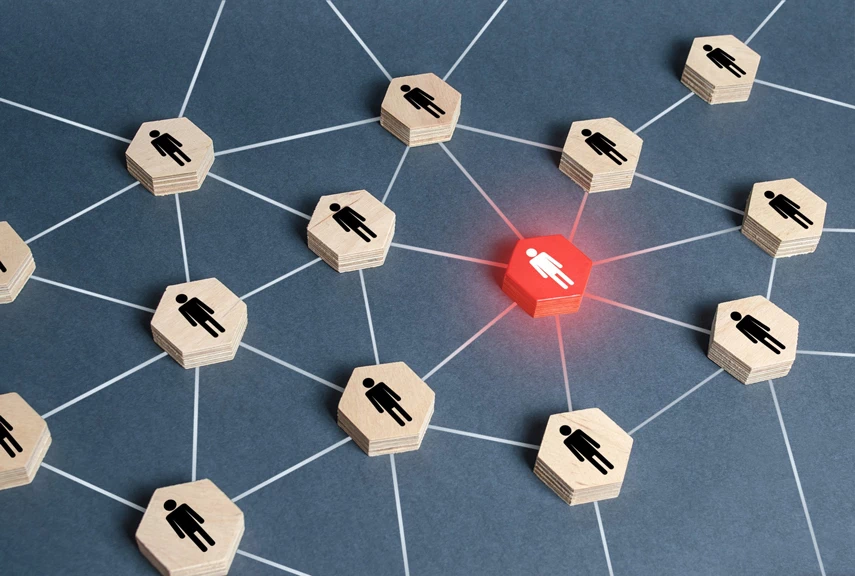It’s a well-known fact that security breaches result in business-threatening downtime. Cyberattacks are getting increasingly sophisticated with the potential to cause greater harm in an increasingly complex digital world.
In fact, 70% of businesses are unprepared to deal with a cyber-attack, with human error accounting for more than half of the cybersecurity breaches that put businesses at risk. Often, people are either oblivious to threats, or they become careless.
Here are 10 of the worst cybersecurity mistakes and how you can get on the right path. Being aware of these common security awareness mistakes and taking the correct steps to implement an effective awareness plan will help to educate, and empower employees to change their behaviours and protect your organisation from potential risk.
Failing to monitor your enterprise endpoints
Businesses today use numerous devices such as laptops, desktop computers, and mobile devices. Securing all these devices—collectively called endpoints—significantly improves the overall security of your enterprise’s IT network.
However, this growing complexity can also make it hard to recognize real attacks, especially sophisticated ones that can quickly cause a lot of damage.
Not using Encryption
Unprotected sensitive data leads to identity theft, fraud, and theft of financial resources from employees and customers.
Data breaches happen to both large, small, public, and private companies. Because data is more mobile and is stored, accessed and transmitted differently, new, more insidious threats place data in new forms of peril each day.
Low cybersecurity awareness among employees
Human error as a whole is one of the key things that causes cyber-attacks in businesses, in fact, 90% of cyber-attacks are caused by human error or behaviour.
Errors may occur when people are tired, not paying attention, or are distracted. But most of the time, employees can make faulty decisions because they do not have enough information about a specific action or task. A security breach may happen due to a vast range of actions – from downloading a malware-infected attachment to failing to use a strong password – which is part of the reason why it can be so difficult to address.
Falling for spoofing techniques
Spoofing is a cyberattack that occurs when a scammer is disguised as a trusted source to gain access to important data or information. Spoofing can happen through websites, emails, phone calls, texts, IP addresses and servers. There are several different types of spoofing attacks that malicious parties can use to accomplish this. Some of the most common spoofing attacks are email spoofing, caller ID spoofing, GPS spoofing, text message spoofing, website spoofing, and IP spoofing.
Underestimating Cybersecurity Threats
As businesses grow more dependent on the Internet, trolls and hackers use increasingly sophisticated tools to target them. Cybersecurity is important now more than ever – it keeps us safe from hackers, cybercriminals, and other agents of fraud.
However, for many SMBs and mid-market organizations, an unfortunate myth has also arisen: hackers do not target small businesses because they have little to gain.
Smaller organizations are more likely to have gaps in their security posture. And that’s what hackers are looking for – easy access points wherein they can enter a network and wander leisurely until they find valuable data.
Implementing Bad Password Practices
Complex passwords are hard to remember. Brain cells are precious. So use “Password123” as a password..across all your accounts.
But seriously, using the same password increases chances of being hacked in multiple accounts, worse, may lead to loss of financial and sensitive data. In fact, over 60% of recent data breaches have stemmed from default, stolen, or weak passwords, serving as clear evidence of the damage and havoc a password in the wrong hands can create.
Failing to Update Consistently
Updates – they seem tedious but they do a lot towards keeping your software and devices secure. Software updates do a lot of different things. They can patch holes or security risks, improve how the software runs, fix or remove bugs, or add new features that replace old outdated technology. They also protect your data from theft by cybercriminals who look for weaknesses in software in order to compromise your device.
Unfortunately, only 38% of SMBs regularly upgrade software solutions.
Not using MFA
Multi-factor authentication has evolved as the single most effective control to insulate an organization against remote attacks and when implemented correctly, can prevent most threat actors from easily gaining an initial foothold into your organization, even if credentials become compromised.
According to Microsoft, 99.9% of automated malware attacks can be prevented against windows systems just by using multi-factor authentication (MFA).
Related article: Account Security: Better and Stronger with 2FA
Failure to Back Up
More than half of all businesses that are victims of a cyber-attack or data breach are subsequently subject to public scrutiny and suffer losses in brand reputation, customer loyalty, and customer trust. And among companies that suffer attacks or breaches, nearly a quarter of them lose significant business opportunities following the data-loss event.
Regular data backups lead to peace of mind. In the event, a cybercrime, system crashes or disasters occur, there is a backup ready to go to restart a company’s archive. Data backup is necessary to save the business from losing investors and customers and closing down.
Not having a corporate cybersecurity policy
This goes hand-in-hand with raising security awareness among your employees.
An effective cybersecurity policy lays out rules and responsibilities when it comes to protecting IT systems and company data. Cybersecurity procedures explain the rules for how employees, consultants, partners, board members, and other end-users access online applications and internet resources, send data over networks, and otherwise practice responsible security.
How Insight IT can help you achieve Strong Security which is compliant with all regulations:
- Implementing 2FA to your networks and applications
- Endpoint protection solutions
- IT Infrastructure Audit
- Security Consulting
- IT Training – New user induction and IT support use
- Multi-layered approach to cybersecurity
Hopefully, you`ll be able to take some valuable insights into what might happen if you neglect your security and how to avoid it.
Cybersecurity can no longer be ignored by organizations. By correcting the mistakes you could be making you may be able to help prevent security breaches on your business. Don’t wait for one to happen!




